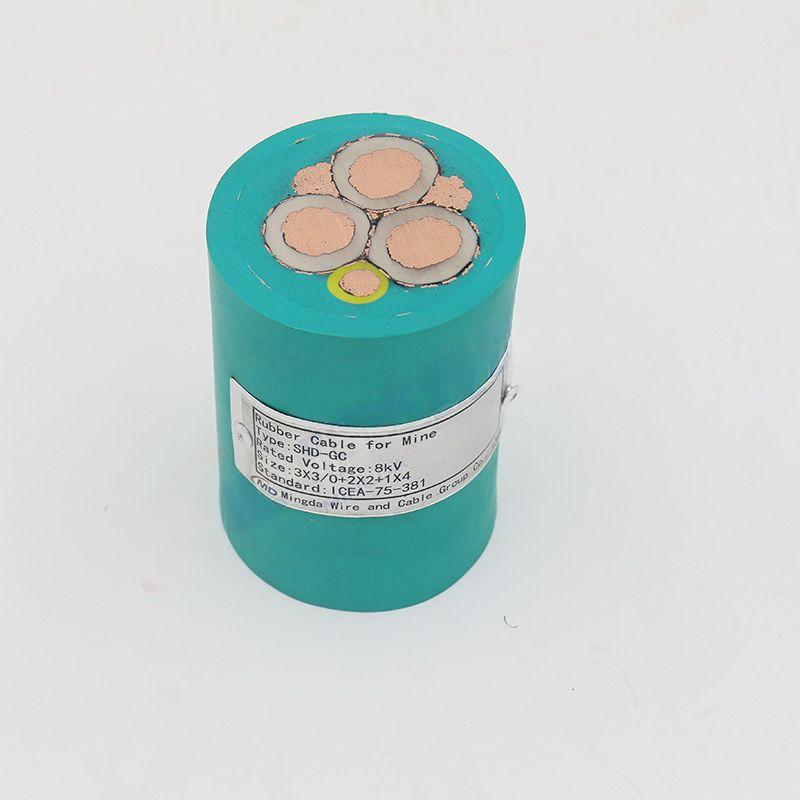Nov . 01, 2024 10:14 Back to list
Design and Functionality of Rubber Check Valves in Fluid Systems
Understanding Rubber Check Valves Functionality and Applications
A rubber check valve is an essential component used in various piping and fluid management systems. This device plays a critical role in ensuring that fluids flow in one direction only, preventing backflow, which can lead to contamination, system inefficiencies, and potential damage to equipment. In this article, we’ll explore the design, functionality, advantages, and applications of rubber check valves, highlighting their significance in various industries.
Design and Functionality
Rubber check valves are typically made from high-quality elastomers, which offer flexibility and resilience. The most common design involves a rubber disc or flap that is seated against a valve body. When fluid flows in the intended direction, the pressure forces the disc away from the seat, allowing fluid to pass through. Conversely, when there is a reversal in flow, the pressure from the returning fluid pushes the disc back into place, sealing the valve and preventing backflow.
This straightforward mechanism is what makes rubber check valves so effective. They are designed to operate without any external power source, leveraging the pressure created by the flowing fluid. Their simplicity contributes to their reliability and ease of maintenance, as fewer moving parts mean less risk of wear and tear.
Advantages
One of the primary advantages of rubber check valves is their ability to prevent backflow effectively. This is crucial in various applications, such as water distribution systems, sewage treatment plants, and industrial processes where contamination from backflow can pose significant risks.
rubber check valve

Moreover, rubber check valves are lightweight compared to their metal counterparts, making them easier to install and handle. Their elastic material grants them noise-reduction properties, which is particularly advantageous in residential areas where plumbing noise can be a nuisance.
These valves also exhibit excellent chemical resistance, making them suitable for handling a wide range of fluids, including aggressive chemicals and wastewater. The flexibility of rubber allows for a tight seal, further enhancing their efficiency and longevity.
Applications
Rubber check valves find applications across numerous sectors. In the municipal water supply and wastewater treatment industries, they are used to prevent backflow and ensure that treated water remains uncontaminated. Similarly, in irrigation systems, these valves are crucial for maintaining pressure and preventing the backflow of contaminated water into clean water sources.
In industrial settings, rubber check valves are employed to manage the flow of chemicals and other liquids. Their ability to withstand harsh conditions makes them invaluable in chemical processing plants. Additionally, in the pharmaceutical and food industries, they help maintain sanitary conditions by preventing contamination during the transfer of liquids.
Conclusion
Rubber check valves are integral to many fluid management systems, offering reliable performance and preventing backflow in a range of applications. Their unique design, combined with the versatility of rubber materials, ensures they can meet the demands of various industries effectively. As technology advances, the development of improved rubber compounds and designs continues to enhance the efficiency and applicability of these vital components, solidifying their role in ensuring safe and efficient fluid flow management.
Share
-
Reliable Wafer Type Butterfly Valves for Every IndustryNewsJul.25,2025
-
Reliable Flow Control Begins with the Right Ball Check ValveNewsJul.25,2025
-
Precision Flow Control Starts with Quality ValvesNewsJul.25,2025
-
Industrial Flow Control ReliabilityNewsJul.25,2025
-
Engineered for Efficiency Gate Valves That Power Industrial PerformanceNewsJul.25,2025
-
Empowering Infrastructure Through Quality ManufacturingNewsJul.25,2025